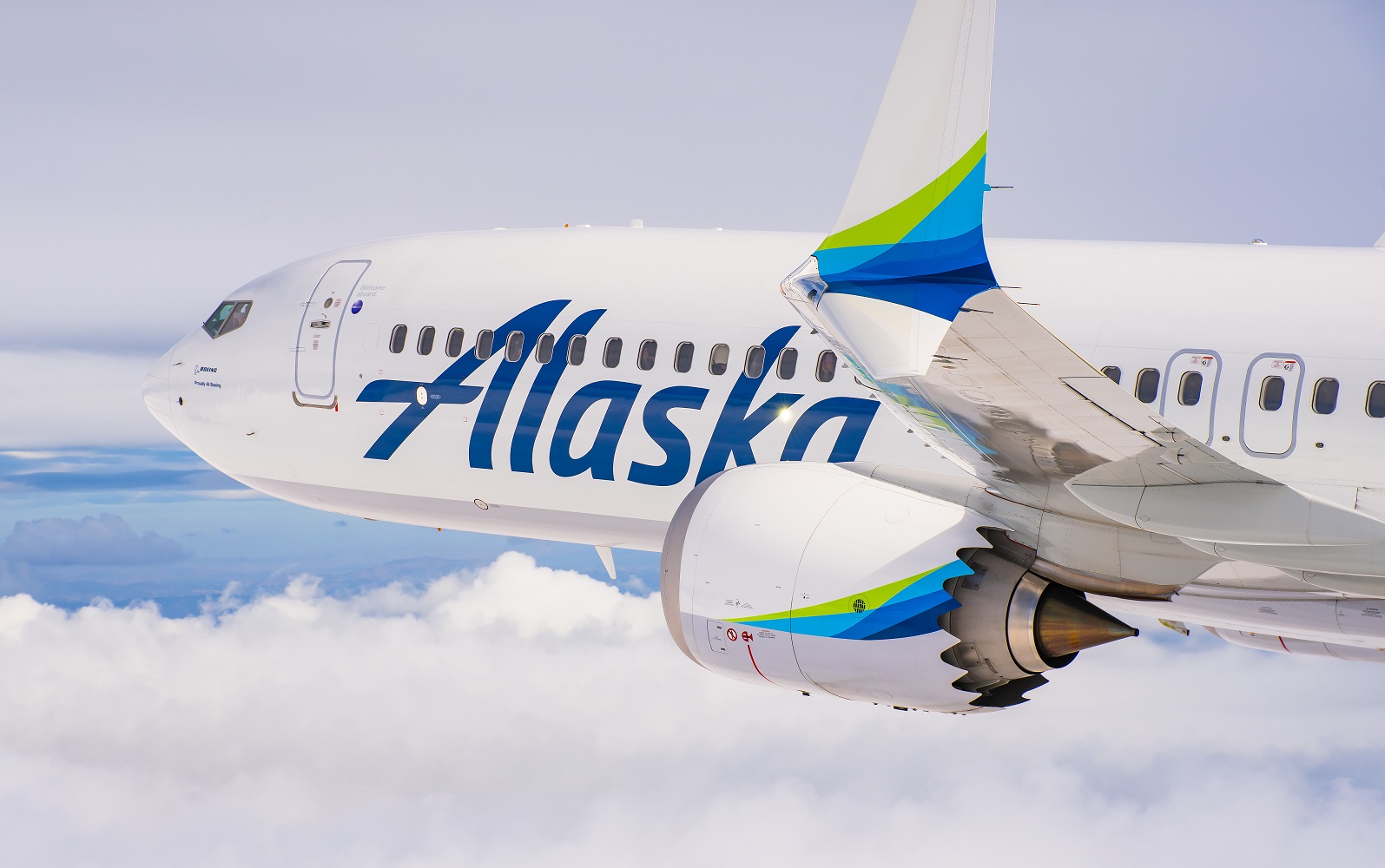Putzger perspective: Pass the duct tape!
02 / 02 / 2024

Source: Alaska Airlines
The Boeing 737 has become a headache for the airframer following a series of issues that have emerged with the aircraft model.
Yet again the Boeing 737 Max has hurled Boeing into the headlines as a 737-9 was forced to make an emergency landing in Portland, Oregon in the US on January 5 after a panel plugging an emergency exit required for higher passenger number configurations came off the fuselage during the plane’s ascent.
Once again Boeing chief executive David Calhoun had to issue a public apology and pledge greater diligence going forward.
Preliminary inspections of their 737-9s conducted by United and Alaska Airlines revealed that fittings which secured the panels to the airframe had not been tightened sufficiently.
The US Federal Aviation Authority grounded 171 Max planes “until extensive inspection and maintenance is conducted and data from inspections is reviewed”, dashing hopes for a quick return to service of the aircraft type.
This was bad news not only for airlines scrambling for aircraft to meet travel demand but also for 737 freighter conversion programmes, as this exacerbates the shortage and cost of feedstock for 737NG freighters.
In December, Boeing told airlines to inspect their 737 Max planes for a potential loose bolt in the rudder system. Quality and engineering problems have also disrupted deliveries of the 787 Dreamliner in 2021 and last year.
These issues come on top of a broken aerospace supply chain that has hampered production and maintenance of aircraft, aggravating the backlogs in plane deliveries and extending the wait times for spares to repair stricken jets.
Last October – just as the peak season was beginning to pick up some momentum – Cathay Cargo had to inform customers that it was experiencing “some temporary disruptions” to its freighter schedule owing to “some of the issues that are affecting the wider aviation supply chain, particularly the availability of spare parts”.
Boeing and Airbus have warned that there are no quick fixes for these supply chain problems. The former announced in December that this would delay the planned ramp-up of 737 output by two months.
Airlines have blamed most of their delays on these problems and other issues beyond their control, but there is room for doubt about this. For example, numbers from the Canadian Government’s Transport Canada department suggest that 44% of all flight delays in 2022 were deemed the responsibility of the airlines.
The premium mode for moving freight and people looks less like a Rolls Royce of transport, more like a rickety truck held together with duct tape.
Putzger perspective: Full steam ahead for air cargo headwinds














